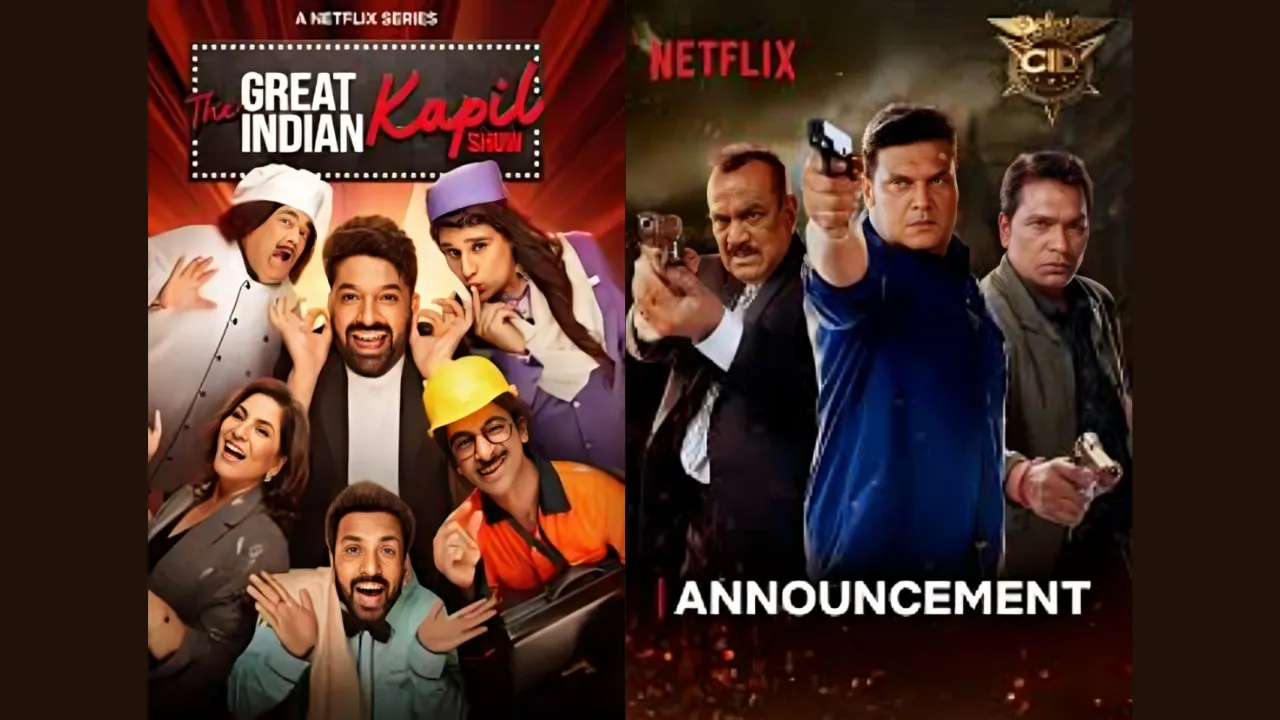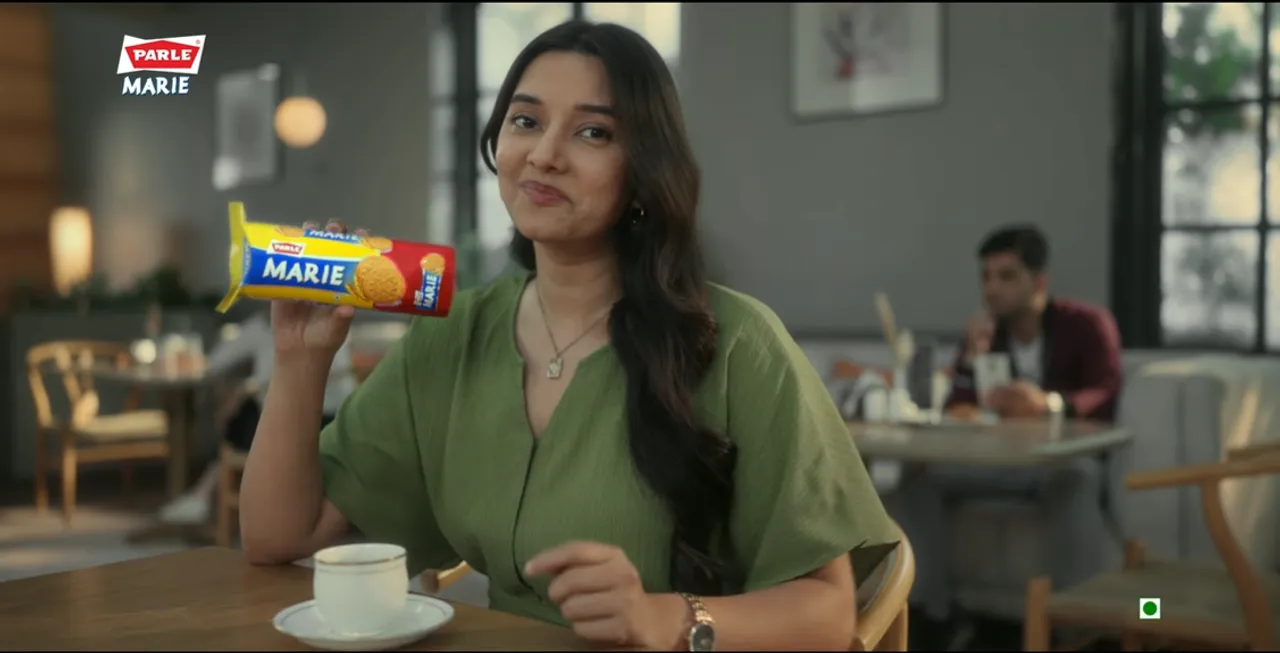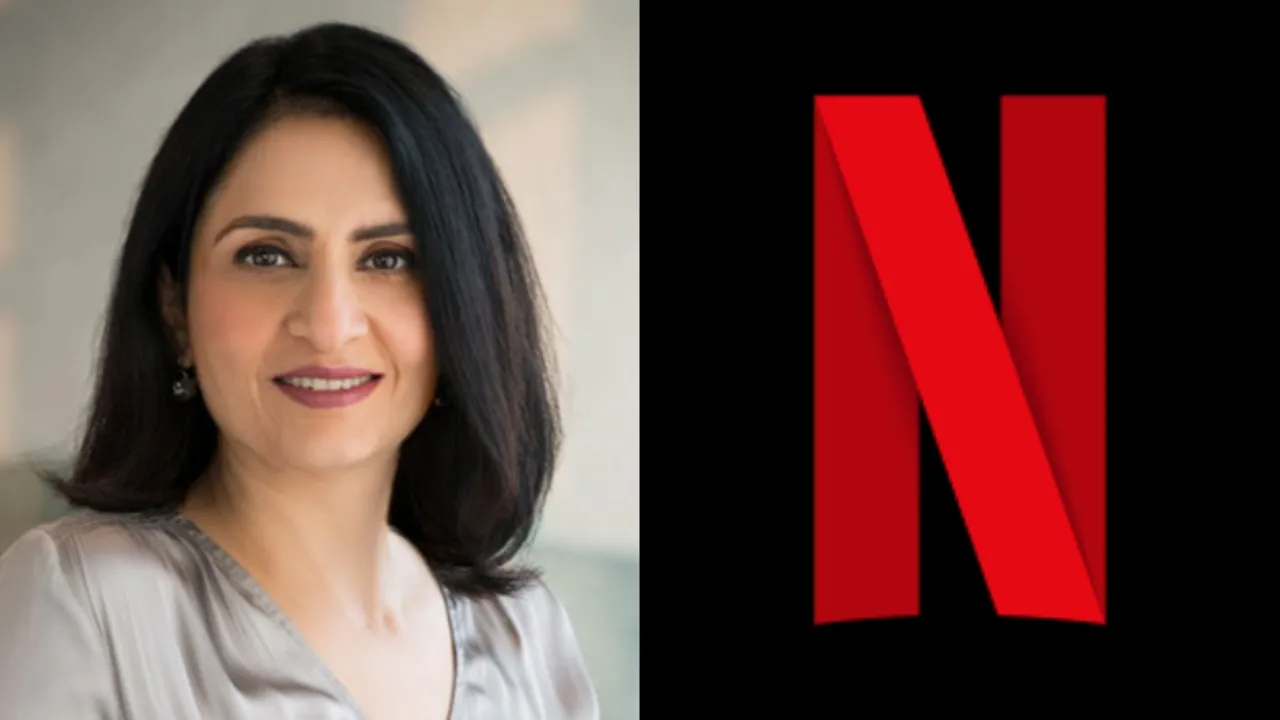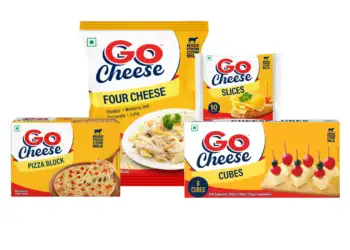The New Face of Indian OTT: From Niche to Nationwide
Indian OTT platforms are undergoing a major transformation. What began as a digital haven for edgy, urban-centric, bite-sized content has now matured into a broad-based entertainment ecosystem, with its eyes set firmly on the Indian family.
Popular legacy shows like The Great Indian Kapil Sharma Show, CID, Crime Patrol, and even global sports entertainment like WWE have now found a home on Netflix. Meanwhile, cricket dominates JioStar, and Amazon Prime continues to serve up the latest Hindi blockbusters. The lines between traditional TV and digital platforms are blurring.
From On-the-Go to On-the-Couch
OTT platforms are no longer confined to individual mobile viewing. Increasingly, they are entering Indian living rooms, ushering in the era of “connected TV.” Keerat Grewal, Head of Business Development (Streaming, TV & Brands) at Ormax Media, notes this shift with optimism.
“Smaller cities are embracing connected TV. This signals the return of appointment-style, collective viewing—the very essence of traditional television,” she says.
What’s changing is not just the format, but the philosophy of content delivery. OTT players are introducing more family-friendly, inclusive shows—programming that unites generations in a shared experience. These longer-format TV+ offerings are now essential to growth, especially as competition for user attention and retention intensifies.
Beyond Sports: The Rise of Live Entertainment
While cricket continues to command massive audiences, Grewal highlights a growing interest in non-sports live content. Think Netflix’s live comedy specials, award shows, and WWE events—formats that emulate the “live TV” experience and encourage co-viewing.
This strategic pivot not only enhances user engagement but also helps OTTs diversify their offerings beyond the expensive domain of sports broadcasting.
“These formats are key to replicating the communal feel of TV,” says Grewal. “They increase co-viewing and expand audience reach in real time.”
Redefining Success: Views Are Not Enough
The metrics of success on OTT are changing. No longer is a high view count the sole indicator of a show’s impact.
“Views alone are no longer enough,” says Grewal. “Platforms are now looking at engagement, watch time, and most critically, potency—the ability of a show to drive subscriptions.”
This shift is powered by platforms like Ormax Media. Through innovative tools such as Ormax Stream Track and Ormax Power Rating, content creators and streaming giants can now assess performance with much more granularity. One standout metric is potency, which evaluates a show’s capacity to attract new subscribers—a vital insight in an increasingly saturated market.
What’s Next for Indian Streaming?
As Grewal puts it, the future of OTT lies in merging TV-like storytelling, regional content strategies, and deep audience intelligence.
Connected TV and AVoD (ad-supported video-on-demand) models are rising fast. To stay competitive, platforms must go beyond content quantity and focus on content that delivers both depth and breadth—content that unites families, spans languages, and taps into real viewer behavior.
“In such a fast-moving space, it’s our job to keep up with the evolving Indian audience,” Grewal adds. “And the only way to do that is through data, innovation, and empathy.”
Video:
Author: Sania Khan











